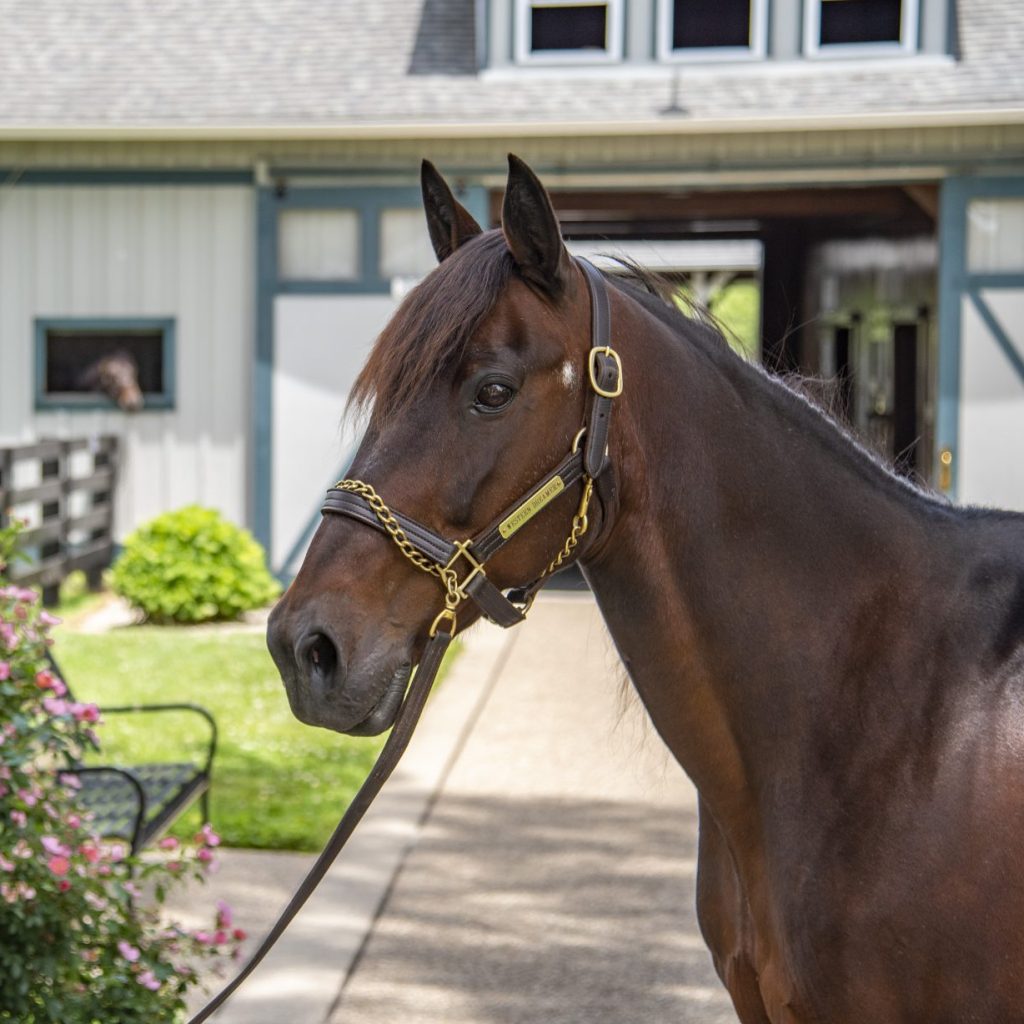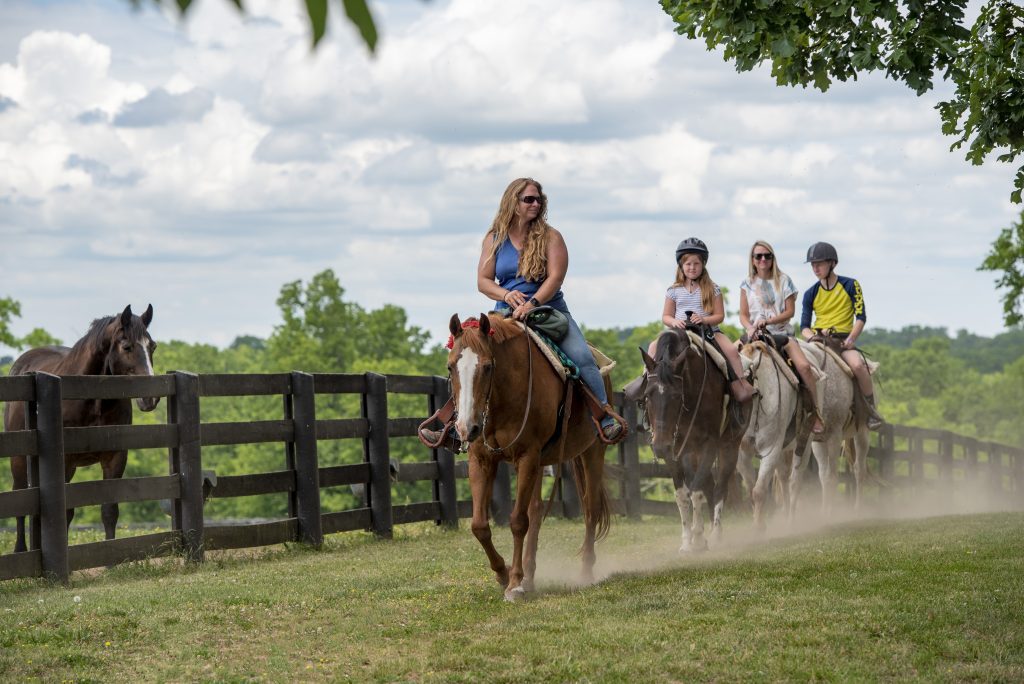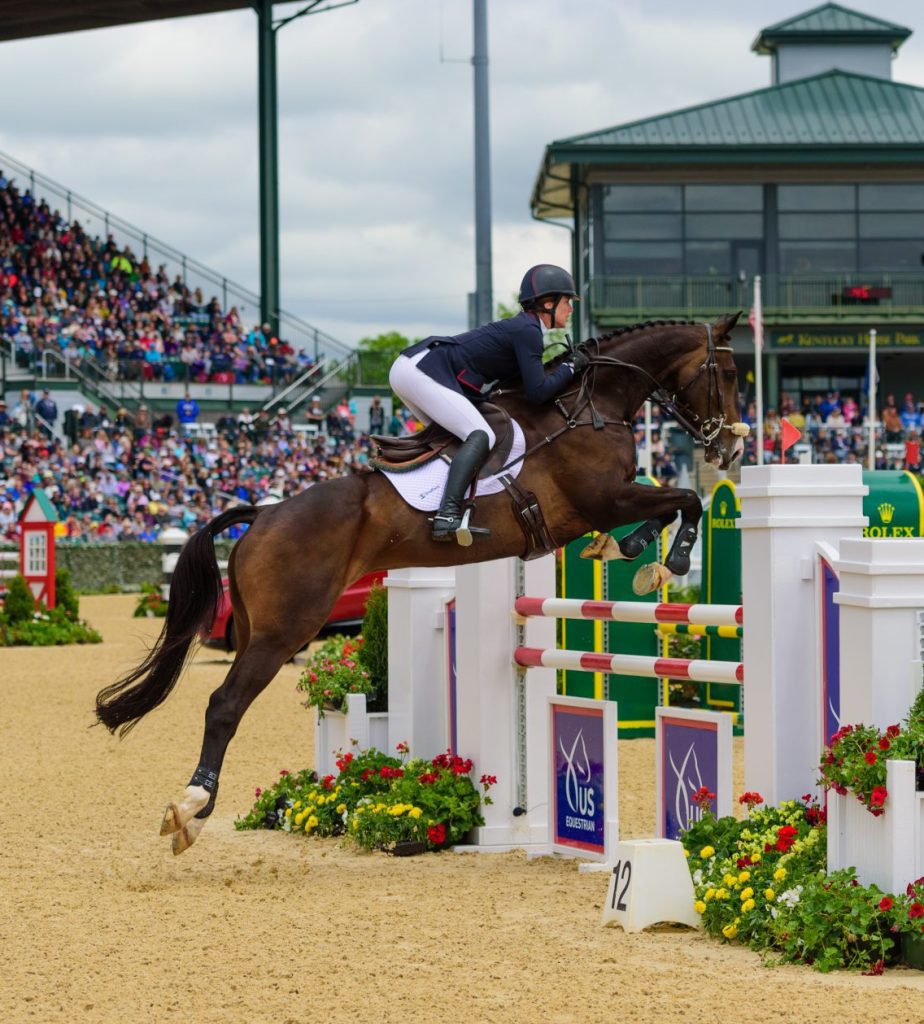
Glossary
Glossary of the Horse
The horse world is a massive, diverse place. From one country to another, from one discipline of riding to another, the slang of the horse world varies. However, there are many terms that remain consistent. Here you will find terms from several categories of the horse world.
Gender
Foal
Baby horse
Filly
Female foal
Colt
Male foal
Mare
Adult female
Stallion
Adult male that can breed
Gelding
Adult male that has been castrated and cannot breed
Horse vs. Pony
Many people do not understand the difference between a pony and a horse. A pony is both biologically and anatomically different than a horse. The easiest and most common way to determine if an equine is a pony is to measure the height. A pony is smaller than a horse, often shorter than 14.3hh (hands high) and is built differently. There are exceptions to some breeds, however. The Icelandic horse is the size of a pony, but has the anatomy and biology of a horse.
Measurement
Horses are measured in hands. Before tape measures, the width of a man’s hand was the measuring tool. The average width is four inches.
A horse would be measured beginning from the hoof standing flat on level ground to the top of the shoulders, or the withers. Next, the hands were stacked on one another as the man moved up to the horse’s withers. Then, the number of hands would be counted and any inches left over and under four would be counted in inches. For example, a horse that is fifteen hands high (15hh) is sixty inches tall. A horse that measures sixteen hands but has two inches leading up to the withers, would be written as 16.2 hh.

Colors
Horses come in all colors as they do in sizes. Most horse breeds have their own organizations. These governing bodies will have guidelines as to which colors are allowed in that breed. This is to keep the breed pure and to keep certain characteristics that likely have been bred for decades or more. For example, the Friesian horse is only allowed to have a black coat. The most common horse colors are:
Bay
Variations of a reddish-brown coat with black points on the legs and the mane and tail black.
Black
For a horse to have a truly black coat, the mane and tail must be black and the skin must be black also. Usually, a small facial marking is allowed.
Grey
Variations of this coat color are the flashy dappled grey, to the speckled flea-bitten grey.
White
The horse must have a completely white coat, mane, and tail, and its skin must be pink.
Palomino
Golden coat most often seen with a flaxen (white or cream) mane and tail.
Chestnut
Reddish-orange coat color often with same or similarly colored mane and tale.
Pinto
Also a breed of horse, the paint coloring is often a horse whose coat is two or three different colors. Variations include black and white, brown and white, palomino and white, or, for example of tricolor, bay, black, and white.
Markings
Markings provide a way to identify horses from one another. These are often white spots that are on the face and/or legs of the horse. For all leg markings, a horse may have more than one. Some of the most common markings are:

Blaze
A facial marking where a wide, white stripe runs down the front of the horse’s face.
Snip
A facial marking that is a small, white spot or star on a horse’s nose.
Bald-faced
Facial marking where white
covers most of the horse’s face.
Star
A small, white star on a horse’s forehead.
Stripe
A narrow blaze.
Sock
A leg marking that is white and goes up to the knee or hock of the horse.
Stocking
A leg marking where the white goes up past the knee or up to the hock of the horse.
Grooming
Just like people, horses need to have baths and have basic grooming. From the tip of their hooves to the peak of their ears, horses have an array of brushes that help to get their coats, manes, tails, and hooves shiny and clean.
It is important to have a horse clean before you put its tack (equipment) on, as dirt being rubbed in by blankets and other tack can cause blisters and other discomfort. Horses also love to be groomed because it is like a human’s pampering day. Grooming also keeps a horse’s coat healthy and promotes circulation. Here are the most common brushes:
Curry comb
A typically circular brush with metal teeth used to get mud off a horse. There are also rubber curry combs.
Dandy brush
A brush with stiff bristles made to reach into the horse’s coat and brush away bits of dirt, dander, and hair. This brush is used on the less sensitive areas of the horse, such as the horse’s back, shoulder, and rump.
Body brush
A brush with soft bristles that is used to remove fine hairs, grease, and bits of dirt. This can be used on the face, belly, and lower legs of a horse.
Sweat Scraper
A plastic or metal piece with a curved head designed to scrape water and sweat off a horse.
Comb
A metal or plastic comb that is used to brush out the mane of the horse.
Tail brush
A sturdy brush used to detangle and run through a horse’s tail.
Hoofpick
Metal or plastic piece with a hook at the end to remove dirt, stones, and other debris from a horse’s hooves.

Tack
In order to ride a horse, certain equipment is needed. This equipment is called tack. There is no definite tack for one horse to be ridden in and for one rider to use. Often, a horse will wear more than one kind of tack. The kind of tack used depends on the discipline of riding. While no discipline is superior to the other, certain disciplines, and the tack used in each, can be more suitable for the tasks presented. For example, a dressage saddle is best used when riding in dressage since the saddle was made for that specific purpose.
Western vs English
The most common categories of tack are divided between Western and English. Western tack is associated with western riding, which is what cowboys would have used. The average western saddle is made of leather and has designs etched into the leather as decoration. The most prominent feature of the western saddle is the horn. This is the knob on the front of the saddle. Historically, the horn was used for cowboys to grab on to when separating cattle from the herd and the horse had to turn, slide, start, and stop quickly, or to wrap his lasso around when catching a rogue cow.
The English saddle is much smaller and lighter than the western saddle. Though often still made of leather, it is much more manageable than the western saddle and does not have decoration on it. This saddle is most often seen in the jumping discipline. Since it lacks the horn, the rider can get into the correct form while jumping over fences.
Many disciplines can be ridden either English or Western; it is the rider’s choice. Most Western riding is done in disciplines that are usually associated with cattle ranches and the cowboys who began it. English riding is most often done in competitions aired on television. The riding in the Olympics is English.
Basic Tack
Bit
A metal rod or two rods of metal linked together that goes into a horse’s mouth and is used to control the horse when riding.
Bridle
A headpiece used on a horse when riding. A bridle may or may not have a bit.
Halter
A headpiece that is used for the everyday handling of the horse that never contains a bit.
Lead
A rope that has a clip on the end that hooks to halter to lead the horse with.
Reins
Strap connected to bit or bridle that is used to communicate the rider’s demands to the horse. Reins can be synthetic or leather, one piece or split into two.
Saddle
A leather or synthetic seat that is strapped around a horse’s belly and to its back.
Stirrup
The archways attached to the saddle that the rider puts his feet into.

Gaits
Like people, horses walk, jog, and run. In the horse world, these are known as gaits. The four natural, diagonal gaits that almost every horse can do is the walk, trot, canter, and gallop. Each gait is measured in beats. In the Western riding world, some disciplines refer to the trot as the jog and the canter as a lope. Below are the four gaits explained in beats:
Walk
The slowest gait, the walk is a four-beat gait where the horse always has two to three feet on the ground at the same time.
Trot
The second gait of the horse, the trot is a two-beat gait. In a brief moment of each stride, all four feet are suspended off the ground as the diagonal pairs change. This is often considered the bounciest and least comfortable of the gaits.
Canter
This is a three-beat gait and the second fastest of the four. Like the trot, all four feet are suspended in the air after each stride.
Gallop
This is the fastest gait and it is four beats. The horse stretches out and each of its legs moves at different times.
Gaited Horses
A certain category of horses is called gaited horses. Often a trademark of some breeds, gaited horses have smoother, sometimes flashier gaits than the average horse. The Tennessee Walking Horse is a gaited horse and it is famous for having smooth gaits that can be maintained over long distances. In the show ring, the Tennessee Walker will pick up its front legs high, making the gait flashy.

At the Horse Show
A horse competition is often called a horse show. The show will contain several different classes where pairs of horses and riders are judged on how well they perform and conform to the class rules. The classes are often split up based on ages and experience of the horses, and the ages and the experience of the riders.
A horse show is a great way to gain more knowledge of the horse world. Tradition rules much of the time. Horses have to have specific tack for certain classes, and their riders have to follow certain dress codes. The Western show world often boasts saddles with silver pieces; big, glittering belt buckles; and rhinestone-covered, long-sleeved shirts that range from lime green to raven black. The English show world is subtler: neutral colors are favored and simple, unadorned saddles are used.
There are many things to see at a horse show. Below is a simple list of sightings you may come across at a horse show:
Amateur
A non-professional rider 18 years or older.
Arena
A square or rectangular fenced-off area where the horses and riders compete. The ground is usually sand or dirt.
Class
Division of the horse show where horses and riders of specific ages or experiences compete against peers.
Faults
Penalties for horse and rider who do not follow the course or rules of the class.
Halter
A class where the rider shows the horse on foot instead of under saddle.
Judge
A trained individual who evaluates competitors in a class and decides the winner.
Judge’s Booth
The booth or table where two to three judges sit during a class to evaluate the competitors.
Junior
A rider that is not 18 will compete in junior classes.
Owner
In larger, more professional shows, a horse is likely owned by an individual other than the rider.
Professional
A rider 18 or older who receives sponsorship and/or earns money through their riding.
Rail
The fence line of the inside of the arena. The term “on the rail” refers to horse and rider riding alongside it.
Refusal
When a horse refuses an obstacle in a jumping class.
Trainer
The individual who may or may not be the rider and/or owner of the horse being shown, and who prepares the horse for competition.
Under Saddle
One of the most common English riding classes, Under Saddle has the riders show their horses at three gaits without any jumps involved.
Warm-Up Arena
If the showgrounds are large enough, a separate arena from the main ring will be used for riders to warm up the muscles of their horses before a class. It is often smaller than the main ring.
Western Pleasure
The flashiest and most common Western class, this has the rider show the horse at the walk, jog, and lope. All competitors in the class compete at the same time along the rail.
